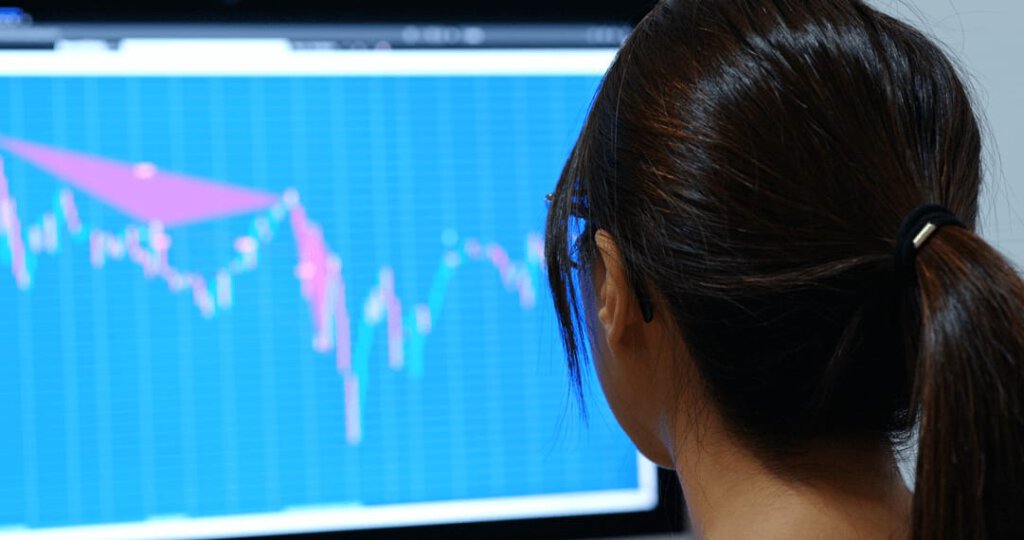It can be intimidating for beginners to get into stock market investing.
Actually, scratch that. It almost always is.
But ironically, that’s not because of the risks that stock market investing involves, but because very few people understand how it works.
In school, you don’t learn much about it in most countries. And yet, everyone should understand what shares are and how they work.
Because, let’s be honest here… If you don’t start investing in the stock market as early as possible, you are leaving the best opportunity to grow your money on the table.
So, what are stocks and how do they work?
Let me explain…
What Stock and Shares are

You must have heard of stocks.
You also must have heard of shares.
It can be confusing when people use those words interchangeably and some others aren’t. What is right and what wrong?
Don’t worry. I am going to clear this up for you in a minute.
A share in the old days was actually a piece of paper that represented partial ownership in a company (hence the word “share”). It proved that you were the rightful owner of a company to a certain extent and that you had a claim on a part of the company’s profits.
Today, shares are intangible. This certificate that details how much of the company you own is stored as data on servers.
So, basically, a share is a certificate that represents partial ownership in a company.
Now, let’s see what a stock is.
A stock is all of the shares that can be traded publicly. It vaguely refers to the ownership that can change hands on a daily basis.
People use both of the words interchangeably, but not necessarily incorrectly.
If you said that you bought stock in Apple, I will only know that you own some portion of the company.
But if you tell me you bought 10,000 shares of Apple, you become more specific about how much of the company you actually own.
So, this is basically the difference. Shares are slices of the pie and stock is the whole pie.
People become confused at first when they hear of both terms and sometimes are led to use the word “stock” in the plural when they want to use “shares”.
If you say “stocks”, you will be talking about multiple companies’ equities (another word for ownership), while you most likely would want to talk about shares.
How Stocks and the Stock Market Work

In the old days (again), people would come together in places called stock exchanges to trade stocks with each other.
The collection of all these stock exchanges is called the stock market. Simple, right?
If you talk about the US stock market, you actually refer to all of the US stock exchanges the US stock market consists of.
Today, stock exchanges are usually not physical places anymore but huge data centers that are connected electronically.
This is what makes it possible to buy stock in seconds today. You give a buy order to a brokerage firm that also operates electronically and they make their transaction for you.
The basic structure of the stock market hasn’t changed much, but technology has altered the way you have access to stocks.
Now, on to the interesting stuff…
How Investing in Stocks Works

So, how does investing money in stocks work?
Well, when a private company needs to raise money so they can fund new investments like buying more plants or stores to grow their operations, they issue stock to the public.
This process is called an Initial Public Offering (IPO).
In an IPO, both individual and institutional (like investment management firms) investors can participate in the IPO by buying stock in the company.
After the required amount of funds has been raised, the IPO ends, but the company’s stock continues to be available for trading.
When you buy a stock, you do not buy it from the company, but from other investors like you unless there is an ongoing IPO.
Therefore, the shares that are traded every day are usually traded between investors.
The company has already raised the money they needed and the company’s stock just changes hands, usually without the company being involved anymore.
What Determines Share Price Fluctuations

The prices that you buy the stock for move based on the law of supply and demand.
Think of it as an auction. When you place a buy order for your broker, you can usually enter a bid (a price at which you would like to buy the stock).
At the same time, sellers can place an offer (usually called “ask”) which is the price they would be willing to sell the stock for.
If there are sellers who would sell the stock for the bid price you have placed and in the quantity you want, the transaction goes through and you receive the shares.
When a transaction occurs, this is the actual price of the stock at that given point in time. If there is more demand than there is supply, sellers are able to sell shares at higher and higher asks. Therefore, the stock price moves up.
But when there is more supply than demand, the buyers are able to buy stock at lower and lower bids, thus moving the price of the stock down.
Understanding the concept of supply and demand is the key to understanding what determines the share price of a company.
Wrapping it up

As you can see, understanding how the stock market works isn’t hard. For now, you only need to keep in mind that:
- Shares represent partial ownership of a business
- Stock is all of the shares of a company that are traded publicly
- The stock market consists of stock exchanges where stock is traded
- The law of supply and demand is what moves share prices up and down
I hope this article helped you understand how the stock market works better.
Now that you’re hopefully more familiar with it, you should be ready to understand how you can make money off the stock market in 4 ways.
If this article helped you, please share it with others!
And leave a comment if you want to ask anything using the form below.
Thank you for reading and good luck with investing in the stock market!
Disclaimer: This information should not be viewed as financial advice. You should consult a financial advisor or do your own due diligence before you invest. The owner of this website and author of this article are not to be held liable for any undesired result by anyone who uses this information that is provided here in any way.

